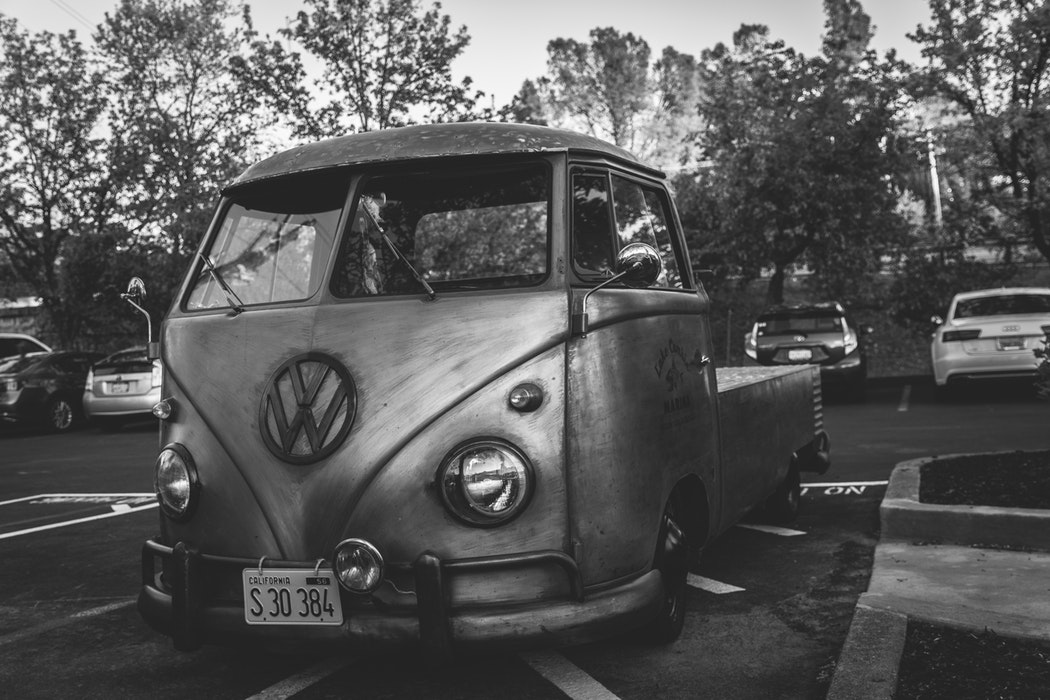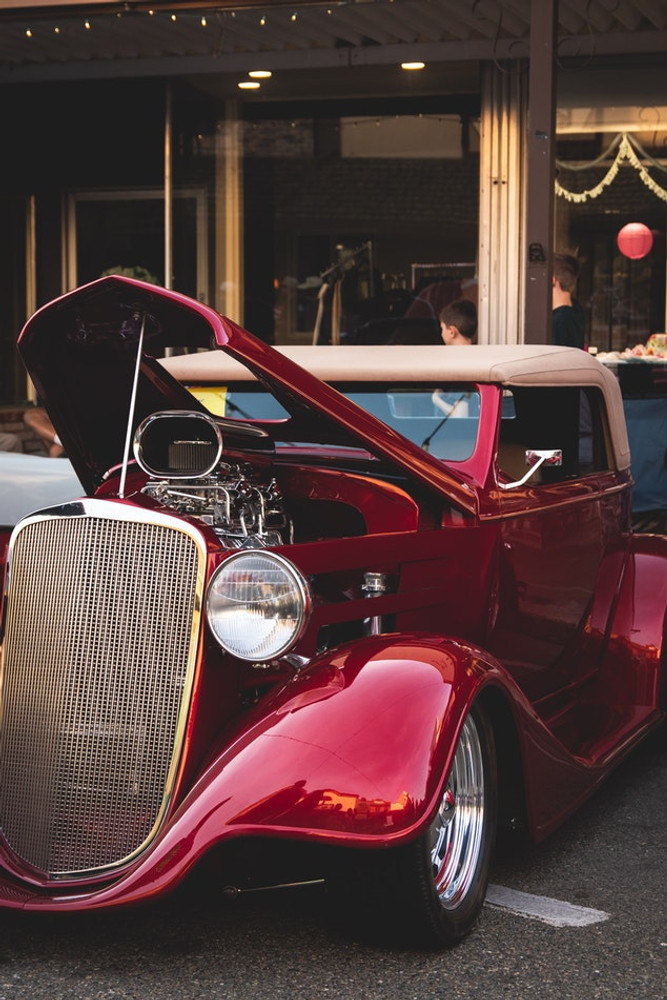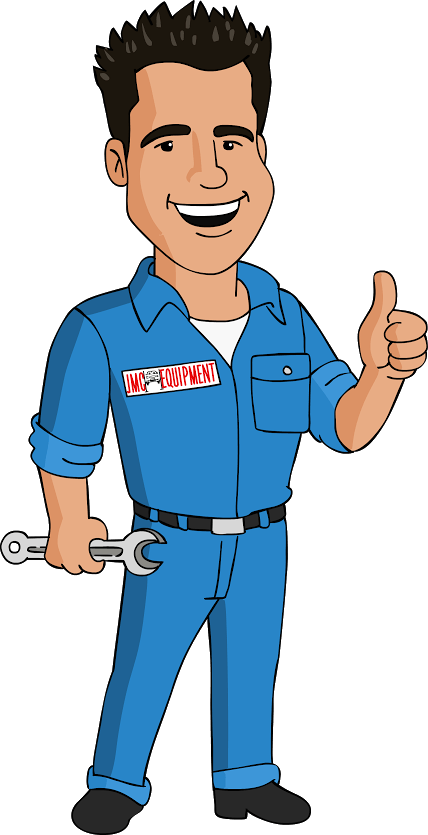A Step-by-Step Guide to Fabricating Floorpans | JMC Auto
Posted by Juan E. Chavez on 20th May 2019
A Guide to Fabricating Custom Floorpans
Ever restored an old car? If you’re lucky, you may have worked on something that needed only minor repairs and replacements. But some old cars have much bigger and time-consuming problems.
Take rusted floorpans, for example. Sometimes, you can get away with doing minimal patchwork, but sometimes, the pans are in such dire condition that they must be replaced. While there are ready-made floorpans available in the market, it might not be easy to find the exact one you’re looking for, especially if you’re working on a rare model. The solution? Fabricate your own.

Luckily, the process of fabricating and installing custom floorpans aren’t that complicated, especially if you have the tools and equipment needed to complete this task. This includes your trusty Beileigh roll bender, a welder, drill and bits, plus a few other tools.
Below is a step-by-step guide to fabricating custom floorpans that even beginners can accomplish.
1.Start by cutting out the original floor sheet metal
Get rid of as much of the rusted floorpan as you can using a plasma cutter or a cutoff wheel, leaving behind the backbone of the braces. These will give you reference points on where the custom pans of the car would lay later on.
2. Make a cutout of the floorpan
You don’t need to use fancy tools in this step. A few manila folders or poster boards taped together will do. Simply trace the pattern of the front floorpan and kick panels then cut the envelopes based on these measurements. Of course, make sure to leave a few inches for welding overlap.
3. Trace the cutout onto sheet metal
Once you have the pattern of the floorpans, it’s time to trace them onto new sheet metal for fabrication. With the pattern drawn on the pieces of sheet metal, cut them out using a plasma torch. If your hands are unsteady, you can use a yardstick or other wooden straight edge as a guide for clean and precise cuts. Then, use offset dies on the bead roller to imitate the design and curves of the panel onto the sheet.
4. Test fit the new panels
Once you’ve successfully cut out the new panels, test fit them on the car. This can help you make a few more adjustments to allow the pan to fit better. Once you’ve made the adjustments, test fit the panels again to make sure they line up perfectly.
5. Paint the underlying structure
Before installing the new floorpans, make sure to paint the underlying structure to protect them from further rusting. Applying weld-through primer is also a good idea to protect the impending weld from corrosion.
6. Set the pan into position and start welding
Once the pan is set into position, start welding. When it comes to sheet metal, the typical way to weld is the stitch method or intermittent welding. By using this method, you’re basically welding about an inch, skip an inch, then weld another, repeating the pattern until the entire panel is solidly welded. This method is often used to limit the amount of heat that causes warping or distortion.
7. Prime the new floorpans
Once everything is welded in place, apply self-etching primer onto the new floorpans. The use of this type of primer will save you the step of sanding the surface so the primer can adhere effectively.
Do a Good Job with the Right Equipment
Once you’ve done all these steps, you’ll end up with a structurally rigid car that’s as good as new. Afterward, you can move to the other parts of your project that need repair and replacement.
If you need top-of-the-line tools and equipment for your auto repair shop, visit JMC Equipment. As a distributor of an array of automotive brands and products, we’ve helped thousands of auto repair shops provide quality service through the tools and equipment they use.
Contact us at 800-562-4791 for inquiries.


